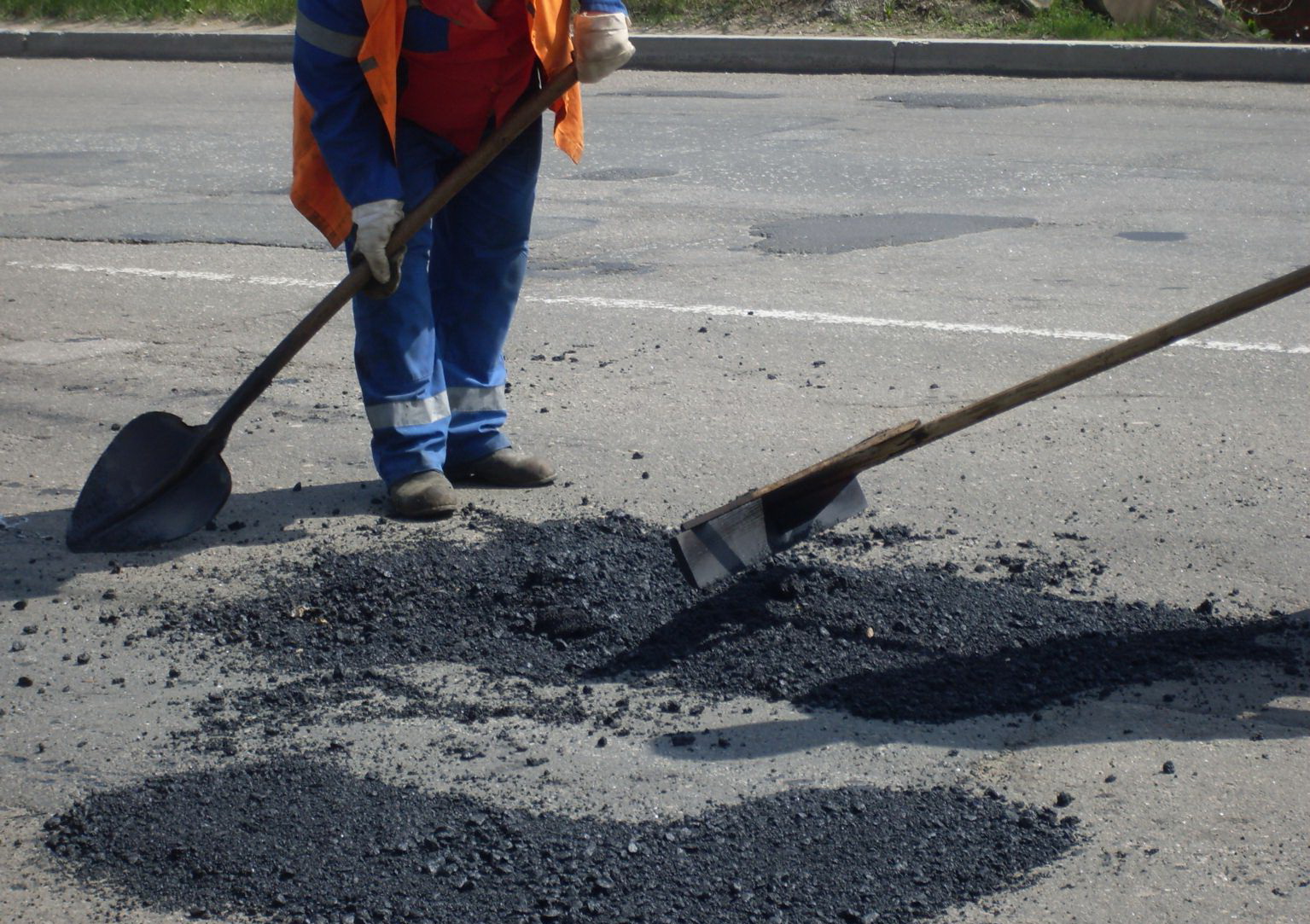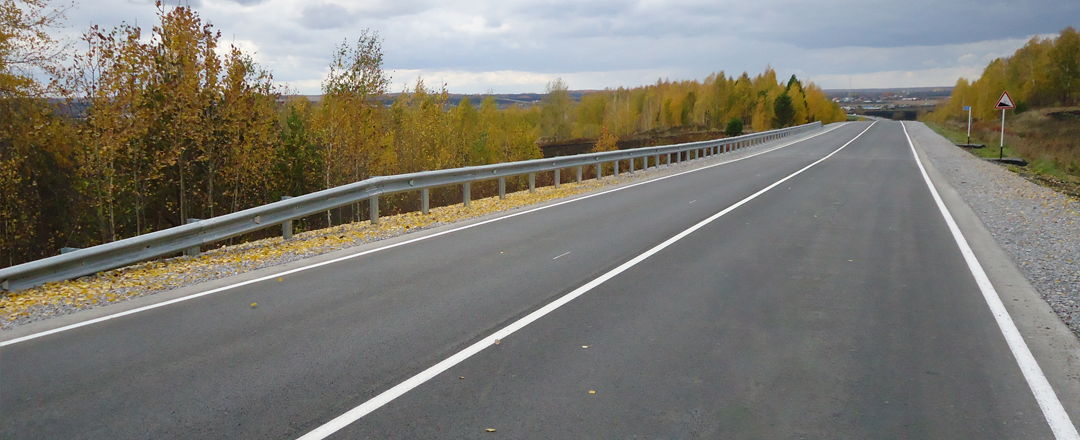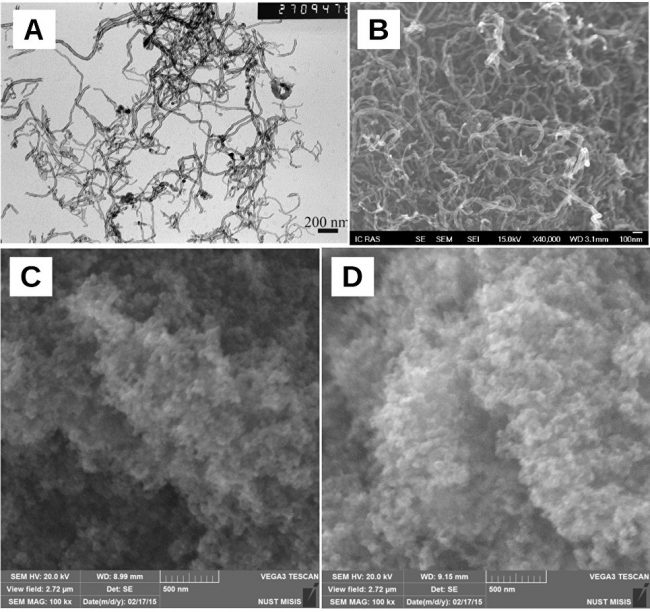AI taught to determine where to first repair the road

Artificial intelligence is becoming an increasingly universal tool. Appropriate technologies are used in science, medicine, business, games, and now in road construction. True, so far only in the USA - it was here that the AI learned to determine which roads, bridges and buildings most of all need repair. A team of scientists from the University of Waterloo attracted artificial intelligence to the analysis of photographs of roads, bridges and various structures, so that AI could look for weak points in the structure, allowing it to begin repairs exactly where it should be.
According to scientists, they have created their technology to make it easier for governments of different countries to cope with the tasks of road construction and repair. “If the government has such information, then officials will be able to better plan the upcoming repairs, in addition, the cost of repairs will decrease. And that means lower taxes for local residents, ”said John Zelek, one of the project participants.
In various countries, the identification of locations where repair of roads and bridges is required is performed in two ways. The first is the usual trips of workers of repair crews around the neighborhood in order to detect problem areas. The second method is approximately the same, only with the use of high-tech cameras, which are faster than people, snatching areas that do not meet the standards.
')
In both cases, it is far from always possible to identify all problem areas, moreover, too often such trips will not be possible, since this is quite expensive. You can do with a regular camera, which takes photos of the roadway as the builders move the vehicle along various roads. They themselves do not need to track down problems, because after the flight all this will be done by artificial intelligence for them.

In some cases, you can use pictures that are already on the network. Initially, the system was tested by photographs from the Google Street View service. Scientists trained AI, adding new modules and expanding the database system.
According to the developers, in order to take a photo, special cameras are not needed - a mobile phone attached to the car in the cabin is enough. Well, the car can also be not official, but private. Case - an employee of the road service, who often happens in different locations of a region, just goes on business, and his mobile phone takes a picture of the road, transferring the images to a specialized database. And from there they are already taken for the analysis of AI.
Moreover, pictures can be taken from the air with the help of drones (although cameras should be good in this case). The same drones can take pictures and bridges with buildings and structures for which utilities are responsible. Another possible application of technology is tracking the process of building a road or building.
“If some stages of construction are not going too well, for example, certain parts of the building are not assembled together as required, the AI will be able to warn about the problem,” says one of the project participants.
More information about the AI, which was put to the service of public utilities, will be discussed in September at the European Signal Processing Conference, which will be held in Rome, Italy.
Well, so that you need to repair the hearse more rarely, you can use the new material proposed by domestic scientists last year. Information on this development was published in the authoritative edition of Composites Science and Technology. This material, which is used to eliminate the cracks of the roadway, reduces the repair time of tracks from a week to several hours. Repair costs can be cut in three times.

The basis of the material is conductive carbon multi-walled nanotubes "Taunit-M", which have a number of characteristics that determine their induction susceptibility. Adding this impurity to a traditional pavement makes it possible to achieve a “healing” effect. True, the material itself is unable to perform any repair functions. In order for the process to start, you need a special device, a combination of a microwave oven and a roller. Moving along the road, it heats the surface and sets the nanotubes in motion with microwaves, and this allows splicing individual gaps. However, when such technology can be put at the service of public utilities, it is still unclear.
Source: https://habr.com/ru/post/419245/
All Articles